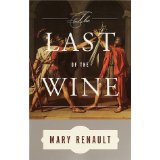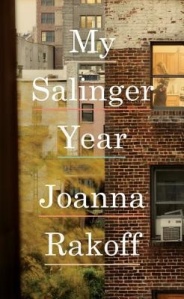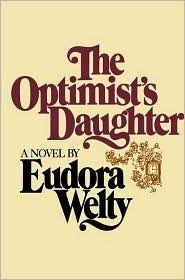I just started — and set aside — two pieces of historical fiction that I’ve been looking forward to for a long time. Both for the same reason: The use of commas and semicolons was distracting to the point of irritation.
I should practice forgiveness, or at least forebearance. The first novel, The Time In Between, is an international bestseller originally published in Spanish. The second, a Mary Renault novel, was first published in the 1950s. In both cases, we’re not talking recent U.S. bestsellers.
In other words: I wanted different, and different is what I got.
But oh, the sentences:
When the Roaring Twenties came to an end, however, the waistline of dresses returned to their natural place, skirts got longer, and modesty once again imposed itself on sleeves, necklines, and desires.
You’re thinking it’s not so bad? Every sentence was a similar length and rhythm. It was like water torture, with the commas dripping on line after line, page after page.
So I set that book aside and went on to the next: The Last of the Wine by Mary Renault. This one was recommended by Jo Walton, one of my favorite authors, and set in Greece at the end of the Peloponnesian War. And here is what I got:
On any other day, each would have stood forth among his pupils like a flower among bees; now, seated on the benches or pacing the colonnade, they were questioning like the rest anyone who professed to know something; some with more seemliness than those around them, some not.
Here’s the thing: I love semicolons. They’re probably my favorite punctuation, even if I’ve self-consciously avoided them for this post. So it has to be me, right? I’m in a bad reader-mood, and rejecting books right and left because they’re not up-to-the-minute in terms of style and punctuation?


 Four things about Marisha Pessl’s debut novel, Special Topics in Calamity Physics:
Four things about Marisha Pessl’s debut novel, Special Topics in Calamity Physics:








